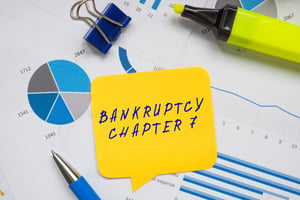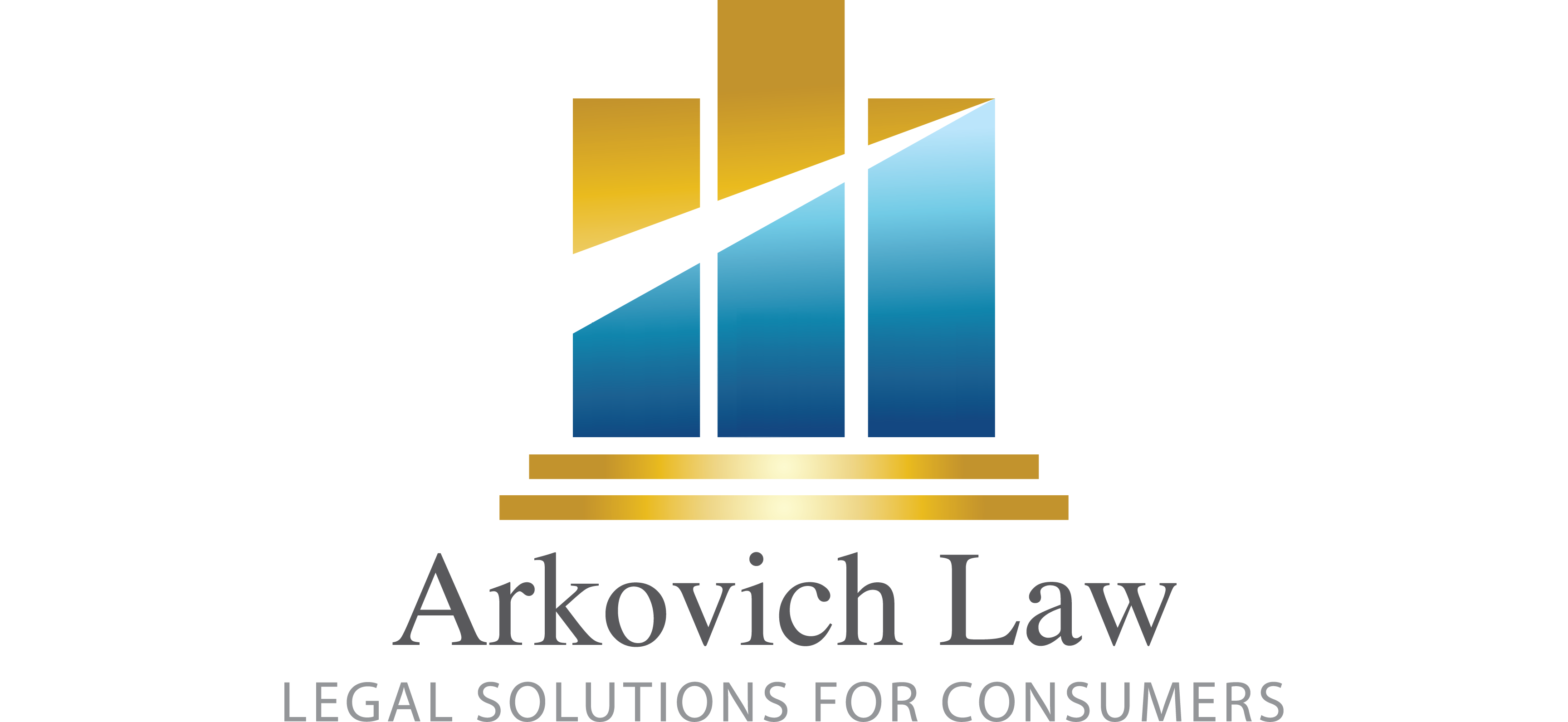How the Bankruptcy Automatic Stay Protects People from their Creditors in Saint Paul Minnesota
Bankruptcy is very often the very best way for an individual to deal with their debts and regain control of their financial circumstances. Both chapter 7 and chapter 13 bankruptcy cases often afford a great deal of relief to debtors (what you call people who file a bankruptcy case). In both types of cases, the debtor is protected against most types of debt collection actions that could be taken by their creditors. This protection from creditors begins immediately from the very day a debtor’s chapter 13 or chapter 7 case is filed and typically lasts through their entire case, with certain limited exceptions. The automatic stay against creditors is one reason why filing for bankruptcy is usually the best tool a person can use to take care of their debt problem.
The automatic stay against creditors protects debtors from almost all collection actions that can be taken against them by creditors. For example, the automatic stay prohibits creditors from calling the debtor, sending bills or letters, bringing a lawsuit against the debtor, foreclosing upon their home, repossessing their car, placing liens upon their property, and really taking any action that constitutes an attempt to collect upon the debt. Although it is not the case in a chapter 7 case, in a chapter 13 case co-debtors, who are jointly liable for the debts (ie a joint credit card holder or co-signer on the debtor’s student loan) are also protected by the bankruptcy automatic stay, even if they don’t file for bankruptcy themselves.
There are a few exceptions to the general rule that the automatic stay protects the debtor from all collection efforts from all types of creditors. For example, filing for bankruptcy won’t prevent the debtor from having to pay child support or alimony, or from having to go to court in relation to such family support matters. The automatic stay also won’t stop criminal proceedings (most civil proceedings will be, at least, temporarily halted though), 401k loans from being repaid, and from being evicted if there is already a court order for you to be evicted, or from a foreclosure if a sheriff’s sale of the property has taken place.
Additionally, the automatic stay may be limited in duration in some circumstances. Commonly, when a person who files for bankruptcy continues to fail to stay current on mortgage payments, car payments, or rent payments after they file their bankruptcy case, the creditor may file a motion with the court, asking the court to “lift” the automatic stay. With such a motion, the creditor is essentially asking the court to remove the automatic stay (just for that creditor) and allow them to pursue the debt, even while the debtor is in bankruptcy. The court will typically grant the motion and allow the creditor to proceed with repossession, foreclosure, or eviction, unless the debtor can work out some kind of agreement with the creditor.
The automatic stay is a powerful tool that makes bankruptcy often the best option for people struggling with debt. There is no other available program available, including debt consolidation, or debt negotiation, that offers this guaranteed protection against creditors.
CALL NOW FOR A FREE STRATEGY SESSION FROM A MN BANKRUPTCY LAWYER AT LIFEBACK LAW FIRM
To learn more about how a bankruptcy can help you take care of your debts and improve your financial situation, you should consult with an experienced bankruptcy attorney. LifeBack Law Firm now has a new office in the historic Cathedral Hill neighborhood, specifically located at 370 Selby Ave., Suite 224, Saint Paul, Minnesota 55102. Come visit us there or online at lifebacklawfirm.com!







